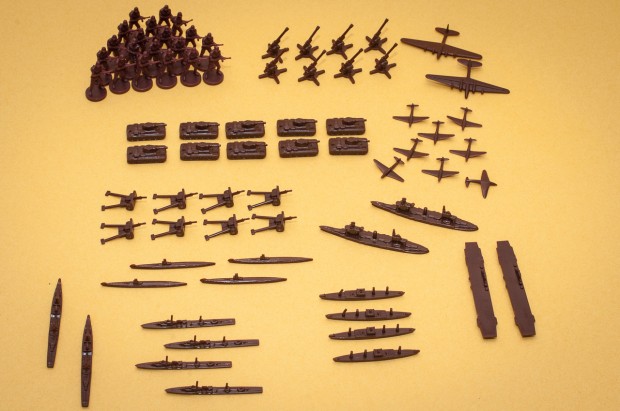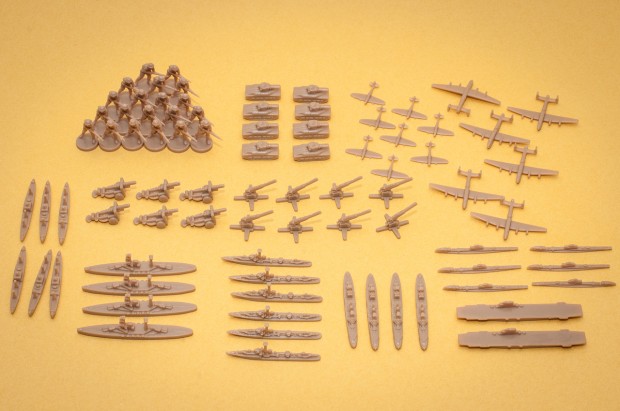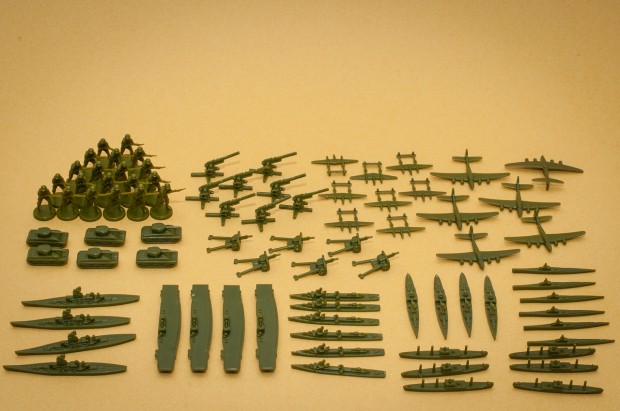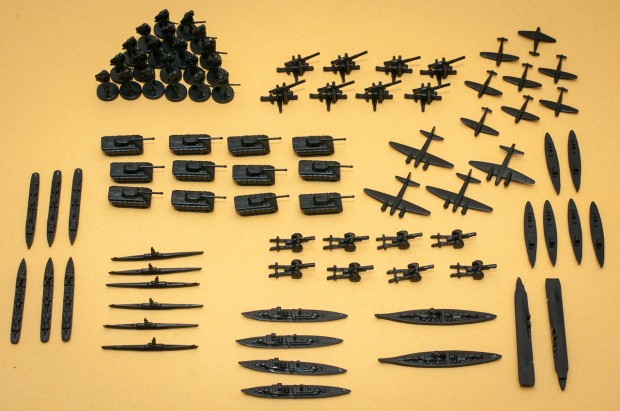https://avalonhill.wizards.com/rules
Note there are rules AND errata. And yes, the rulebook is poorly written.
Yes. Russia can attack West Russia using forces from Russia, Karelia, and Caucasus. Further, units from one territory may attack multiple territories. E.g. Russia may attack West Russia AND Caucasus on its first turn, using its tank from Russia to hit Ukraine, and its other units from Russia to hit West Russia.
No and yes. The question implies attackers come from a single territory / sea zone. The actual rule is land or sea units retreat to an eligible adjacent territory / sea zone that one of the attackers came from. Also the question implies an attacker decides to withdraw “because the combat isn’t going well” but attacking with intent to retreat is commonly done to preserve units against an opponent counter.
Suppose Germany controlled West Russia but had no German units there, that Germany had a stack of units on Ukraine, USSR had a stack of infantry on Caucasus. USSR tanks on Russia could blitz through West Russia to hit Ukraine along with the Caucasus infantry, then USSR forces could all withdraw to West Russia OR all withdraw to Caucasus. They must all withdraw to a single territory.
Sometimes retreat is not possible e.g. if sea units all start in a contested sea zone and don’t move (sometimes they can’t) out then in again. Then there’s no adjacent sea zone that any sea unit came from, so there’s no eligible retreat zone.
Loading onto a transport does not “consume the unit’s non-combat move for the turn”. That is not how it works at all. A transport can load a unit AND unload it the same turn. Reference page 31 of the rulebook.
Reference page 15 of the rulebook. You cannot retreat seaborne units. You can retreat other units. Yes, you can declare a retreat; in that case the seaborne units fight on.
Yes, infinite defending transports are automatically destroyed by a single attacking unit.
No, flying across a sea zone with a named island doesn’t count as 2 movements at all. Taking off from an aircraft carrier . . . . look. An island is a territory, a sea zone is a sea zone. If a fighter starts on an island, it’s on the territory; if the fighter wants to move from the island into the sea zone around the island that requires 1 movement.
If a fighter starts on a carrier, it’s on the sea zone; moving to an ADJACENT sea zone requires 1 movement.
If a fighter is flying across a sea zone with an island, it uses 1 movement to move into the sea zone, and another movement to fly into the next sea zone, the same as any sea zone without an island. If a fighter’s not landing or taking off from an island, the island does nothing.
Already answered
You can get units of opposing powers in a single sea zone when a power builds sea/air units in a sea zone that already has enemy units in it. Sea units may ignore enemy submarines / transports (with some limitations, like if unloading their own transports). Your question is “these are the only instances when they can exist in the same sea zone” - was that a reference to a retreat (which could also happen) or what was it? Literally don’t understand.
There’s an OPTIONAL RULE that allows fighters to defend against industrial bombing, I think. I don’t use it so I forget. AAA does nothing against industrial bombing. Industrial COMPLEXES have built-in antiaircraft defenses; those are the only thing that defend against industrial bombing.
I suppose you’re trying to use some optional rule with the 4 or lower thing, but I’m just going to ignore that. If bomber survives - NOT THE ANTIAIRCRAFT ARTILLERY BECAUSE THOSE HAVE NOTHING TO DO WITH IT - but the industrial complex’s antiaircraft fire - then it rolls a dice, and whatever the result is is recorded as damage against that industrial complex, up to twice the value of the territory the IC is on. So if you bomb Karelia and roll a 6 for damage, you can only apply 4 damage as Karelia’s worth 2, and double 2 is 4. Excess damage is lost.
Each damage on an IC prevents it from mobilizing a unit on that territory. So if you have a Karelia IC with 4 damage on it, you can’t mobilize anything there; same if it has 3 damage or 2 damage. If you had 1 damage on, you could mobilize 1 unit there.
No. If there’s a battle in the sea zone, there’s no bombardment, period. Doesn’t matter if enemy transports were there and you wanted to destroy them with a fighter, if there’s any battle in the sea zone, no bombardment, period.
I know the rulebook is poorly written, but try going through it a few times.











